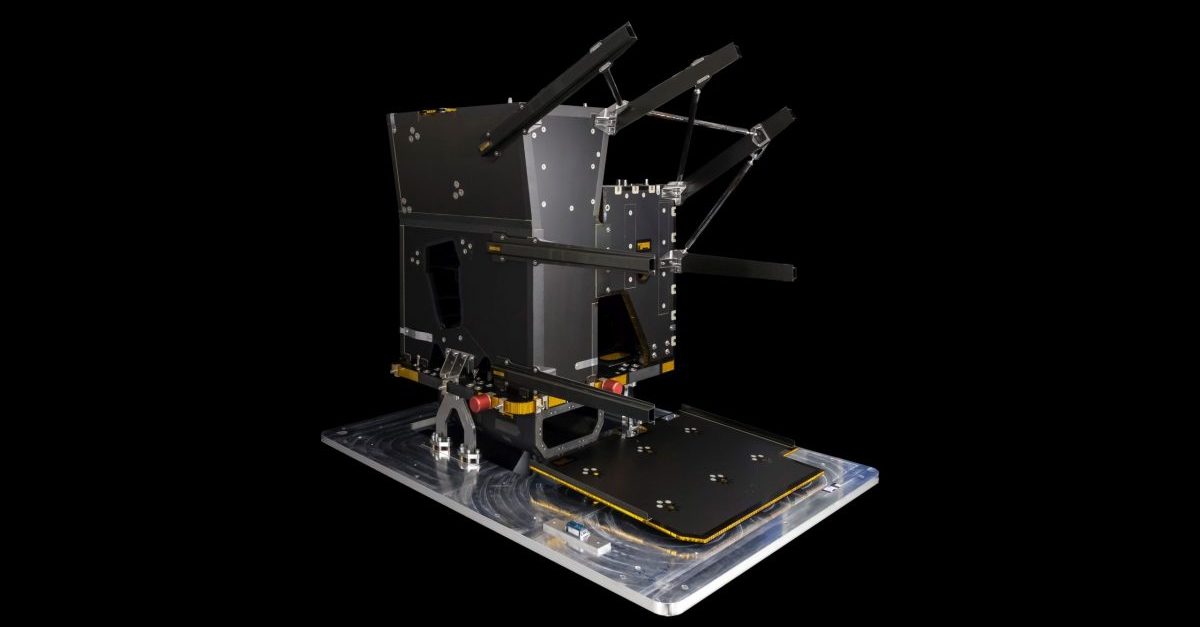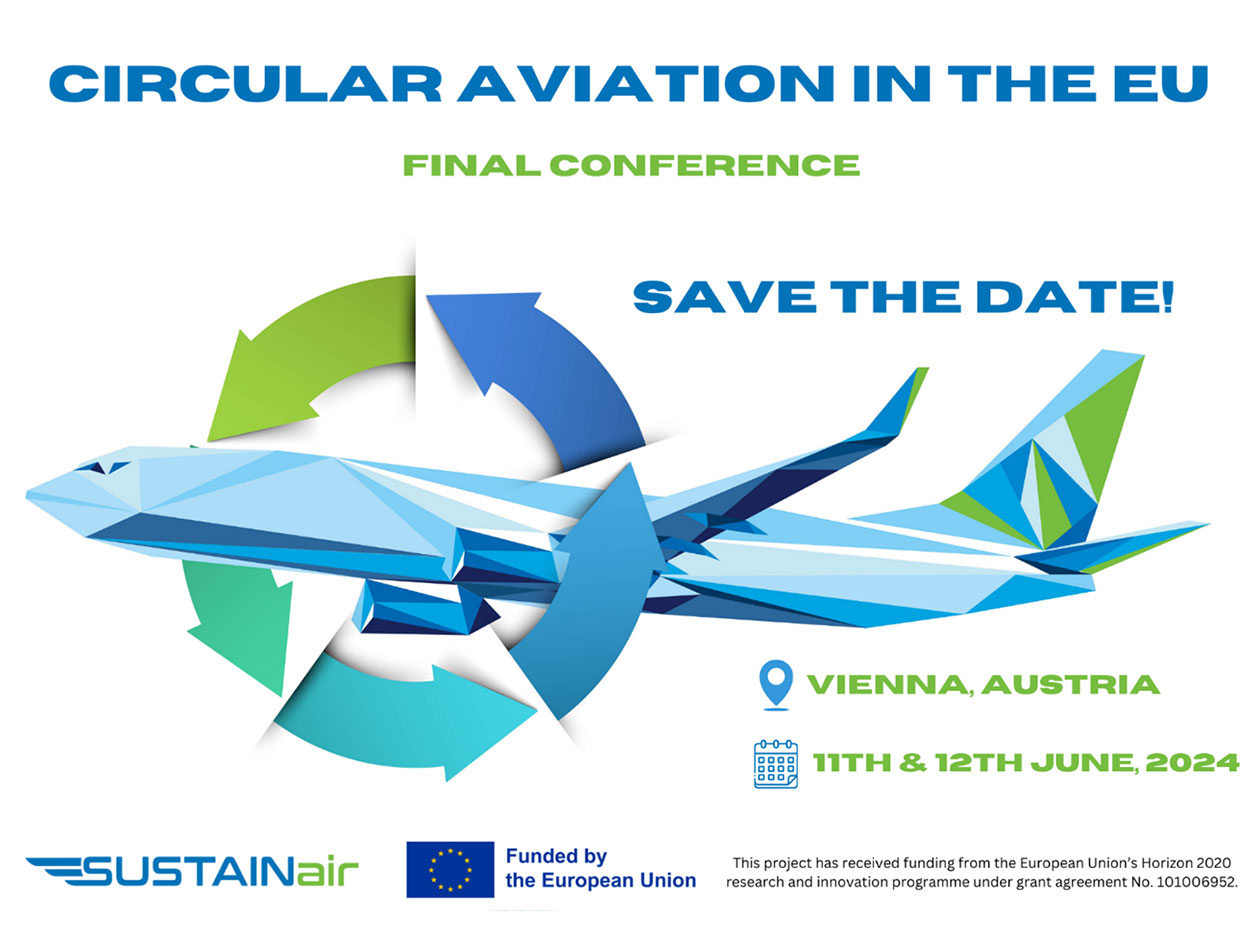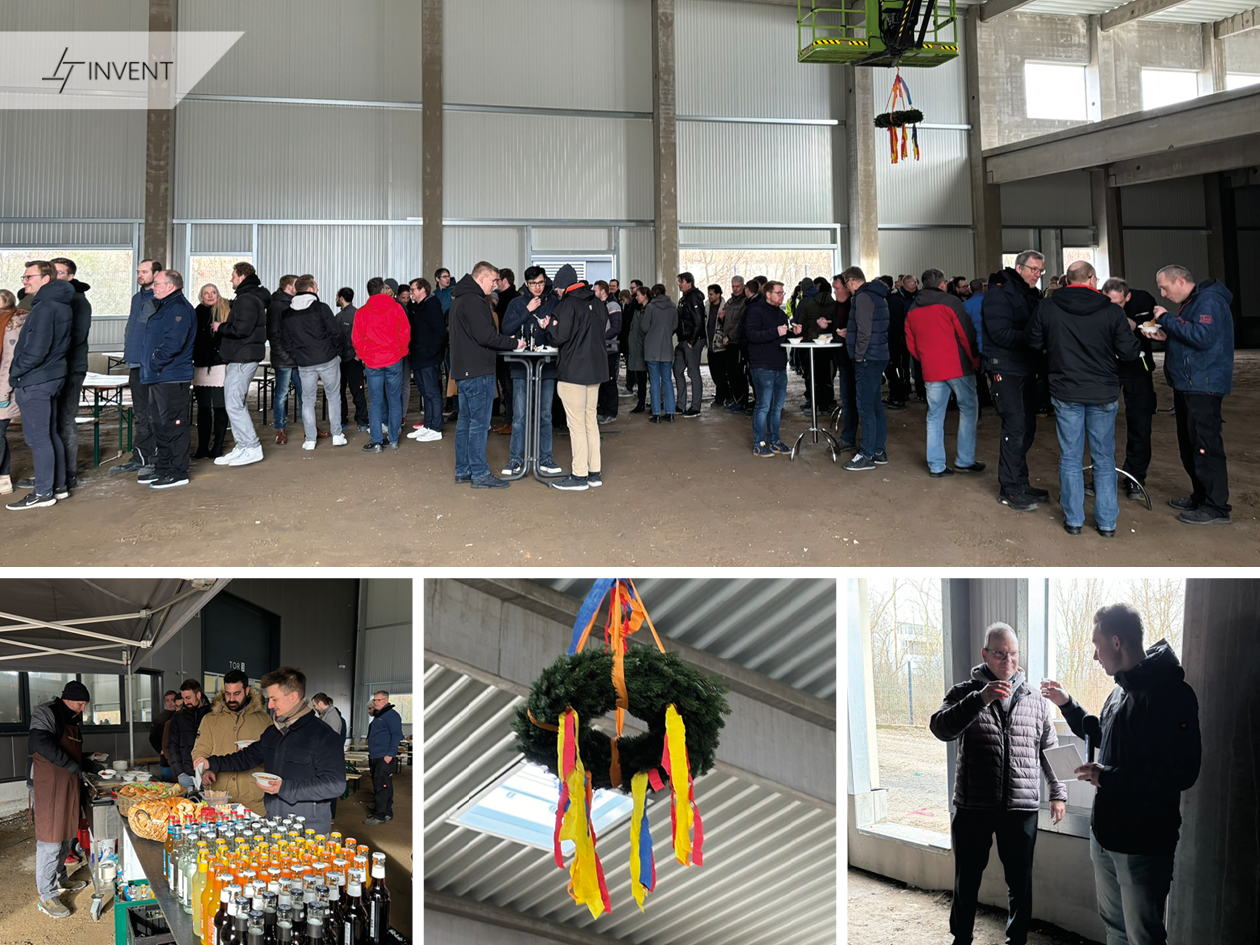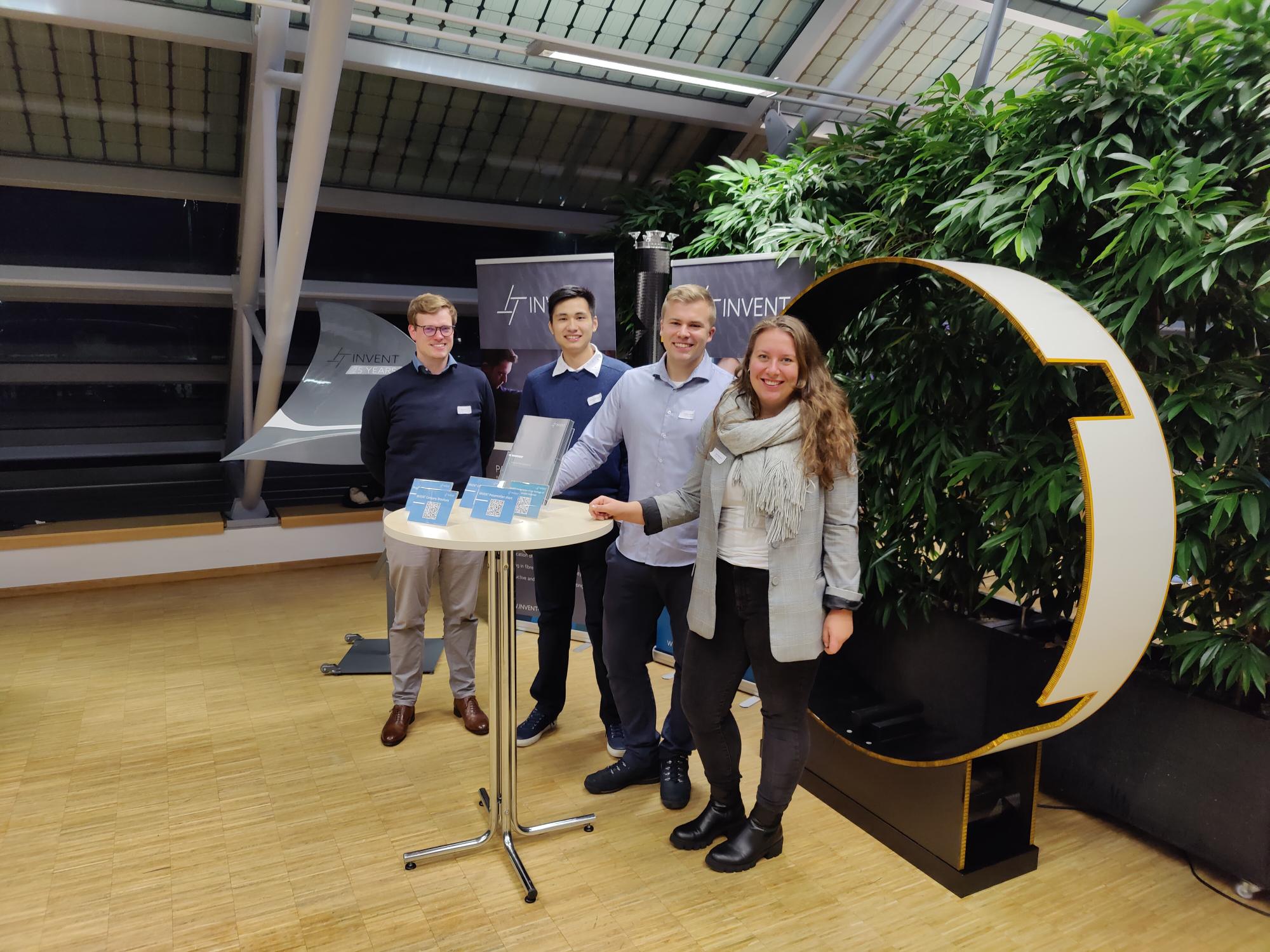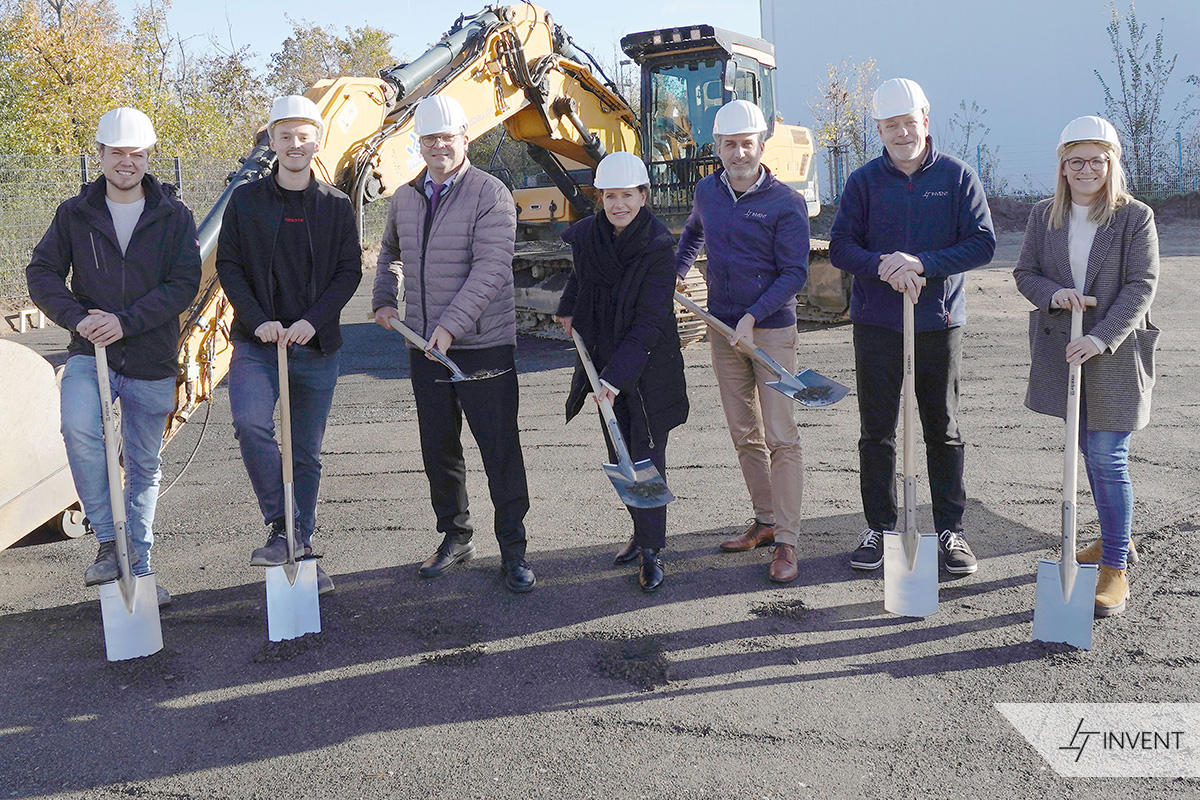The skeleton for Sentinel-4
INVENT GmbH has co-developed and built the so-called primary structure for the Sentinel-4 instrument within a subcontract from OHB for the eponymous ESA mission. This structure has the function of a skeleton: Without the specific platform in which the highly sensitive spectrometer is precisely fitted, Sentinel-4 cannot function in the harsh and inhospitable conditions of space. From 2022 onwards, the “environmental guardian” should circle the earth, thereby measuring changes in the air quality over Europe and northern Africa in the ultraviolet, visible and infrared wavelength range. The spectrometer would not be able to function at an altitude of 36,000 kilometres with extreme temperature fluctuations, vacuum and weightlessness without its precisely designed and manufactured instrument structure.
The core task for the seven-member development team at INVENT was primarily “to develop this structure with a special focus on its thermos-elastic stability and to manufacture it in true handwork, just like in a traditional factory”, describes Christoph Tschepe, Head of the Space Business Unit and Sentinel-4 Project Manager at INVENT, “The material must be able to withstand temperatures of between +140 and – 165 degrees Celsius, for example. The more than 1000 different individual components of the structure must thereby not lose their relative position to each other, even in this wide temperature range.”
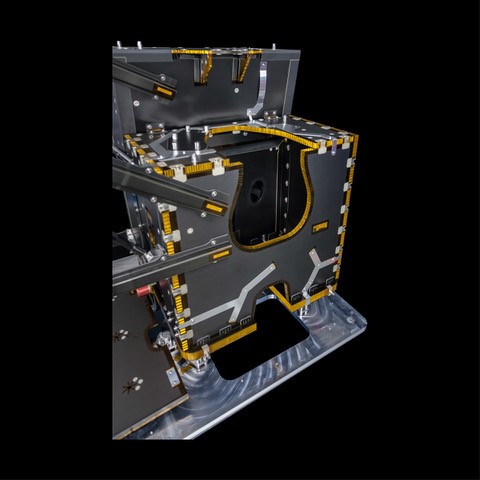
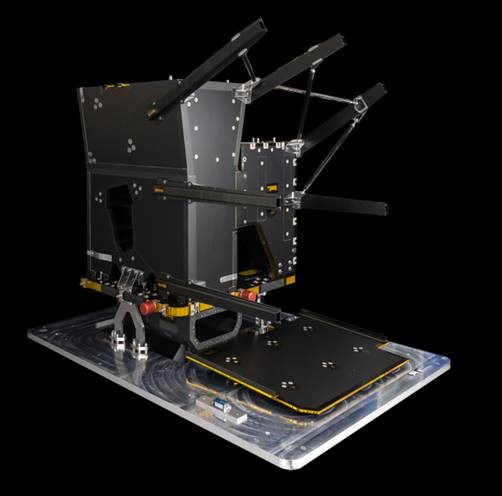
Since 2013, a total of four models – two qualification and two flight models – have been co-developed and manufactured at INVENT GmbH in Braunschweig.
In all models, different carbon fibre-reinforced plastics (CFRP) and metal components have been merged together. “The measurement setup of the instrument defines the basic geometry of the structure. Ultimately, this design and the temperature range planned for the instrument have a strong influence on the possible construction methods and materials and therefore also on the production processes”, explains Martin Sauerbrey, Sentinel-4 Systems Engineer at INVENT GmbH, and adds: “We have manufactured the structure from materials which are suitable for high temperatures and which, as a result of complex production processes, provide a very low outgassing rate.”
Project Manager Christoph Tschepe explains the background: “Sentinel-4 carries an optical instrument, which means that the structure which holds it must remain very rigid over a wide temperature range and, particularly in space, no more substances may escape, otherwise the spectrometer’s measurements would be permanently impaired.” The design of the supporting structure, suitable composite materials and an individual process for the curing and baking of the material as well as the high-precision bonding of the individual components consequently had to be determined.
The “skeleton” for the Sentinel-4 instrument weighs around 50 kilograms and measures approximately 1 meter by 1 meter by 1.20 meters. It also forms the scaffold for all the other assemblies, providing protection and stability, particularly during the launch, but also later during operational service in space. Each of the four identical models is comprised of several CFRP aluminium-sandwich panels, monolithic CFRP components, a so-called baffle structure, a solar-reflector shield, a sun-protection strut framework and countless metal parts. The approximately one-meter-high baffle structure, an optical device for preventing scattered light in the measuring instrument, was completely bonded and coated inside with a light-absorbing paint.
For INVENT Managing Director Henning Wichmann, the participation in the Sentinel-4 mission is something very special: “The project has occupied our time intensively for five years. We are very pleased that OHB System AG has expressed its confidence in us and placed its trust in our many years of expertise in lightweight construction. Space projects are always at the limits of what is technically feasible, which makes such projects and missions incredibly exciting and challenging. There are no simple solutions, and this is precisely where the core of our motivation lies.”
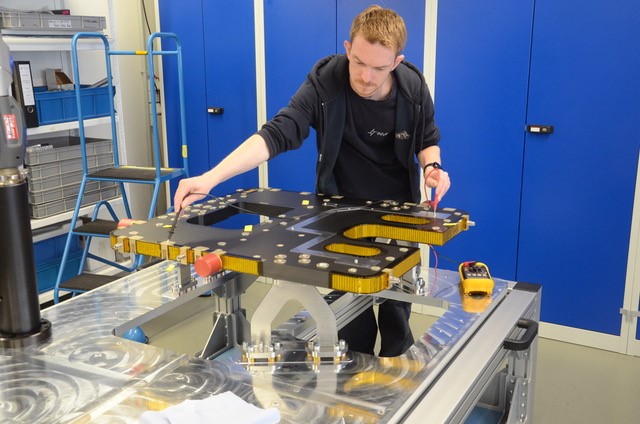
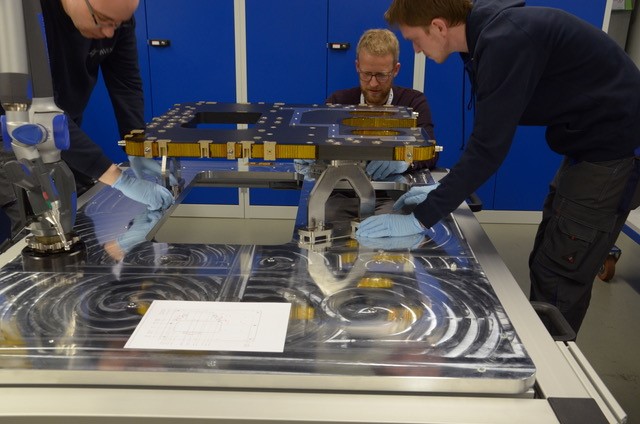
About INVENT
Passion for Composites
As a recognized lightweight construction specialist for innovative fibre composite technologies in the aerospace, mechanical engineering and automotive industries, INVENT GmbH in Braunschweig has been developing high-precision structural components, from the first idea to series production since 1996. INVENT’s designers and engineers work very closely together with in-house production specialists from the most diverse sectors. We are therefore able to offer our customers a complete package from a single source with regard to design, production planning, manufacturing processes, machining, joining and assembly as well as coating/painting and quality control.
About Sentinel-4
Sentinel-4 is the first imaging UVN spectrometer for air-quality measurements in geostationary orbit. It can measure, for example, gases which are harmful to health and the climate, such as ozone, nitrogen oxides, sulphur dioxide, formaldehydes and aerosols. It is designed to provide new measurement data in high spatial resolution on an hourly basis for the Copernicus atmosphere-observation service.
Sentinel-4 is scheduled for launch in 2022. Two instruments will be built for the European weather satellites MTG (Meteosat Third Generation). The satellites orbit the earth at an altitude of 36,000 kilometres and have a planned lifetime of eight years for each instrument. The area to be observed by Sentinel-4 is Central Europe, extending to the Arctic Circle in the north, the Sahara in the south, the Atlantic Ocean in the west and the Red Sea in the east. Sentinel-4 is part of the European Copernicus programme, which has a total of six Sentinel missions to date. Airbus Defence and Space GmbH is ESA’s primary contractor for the construction of the Sentinel-4 instrument.
About Copernicus
The Sentinel satellites are the space component of the European Union’s Copernicus programme. Copernicus consists of six families of satellites, the so-called Sentinels, which record information concerning the Earth and the atmosphere and provide important data on climate protection and environmental monitoring, sustainable development, humanitarian aid and civil security. The European Space Agency ESA and the European Organisation for the Exploitation of Meteorological Satellites, EUMETSAT, are responsible for the management of a total of 20 satellites which are to be in space by 2030.
